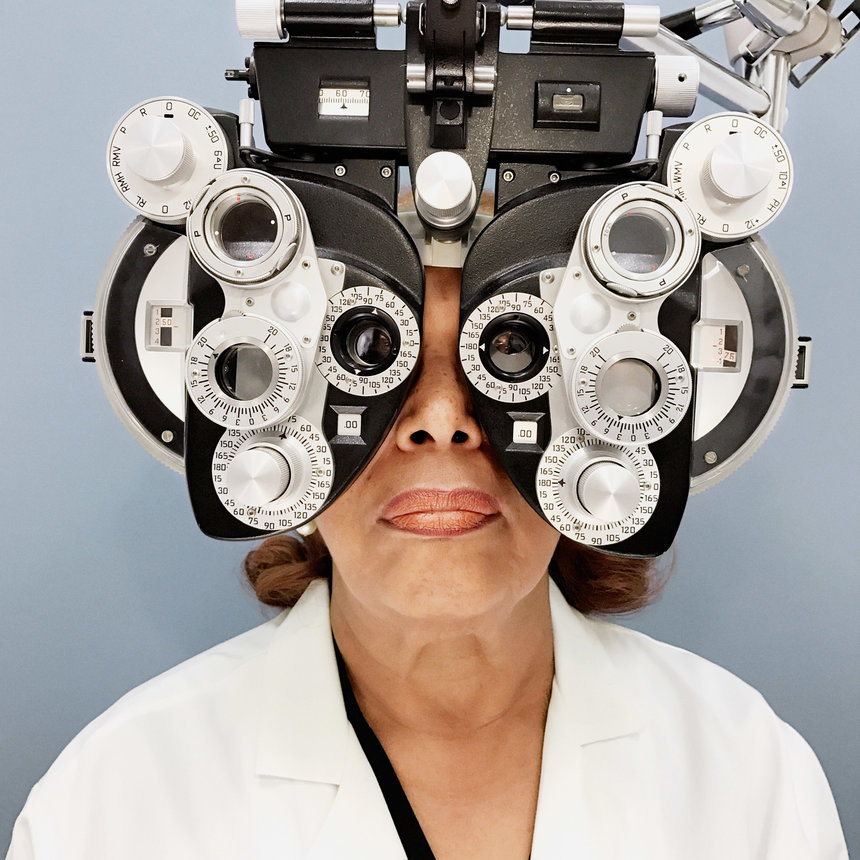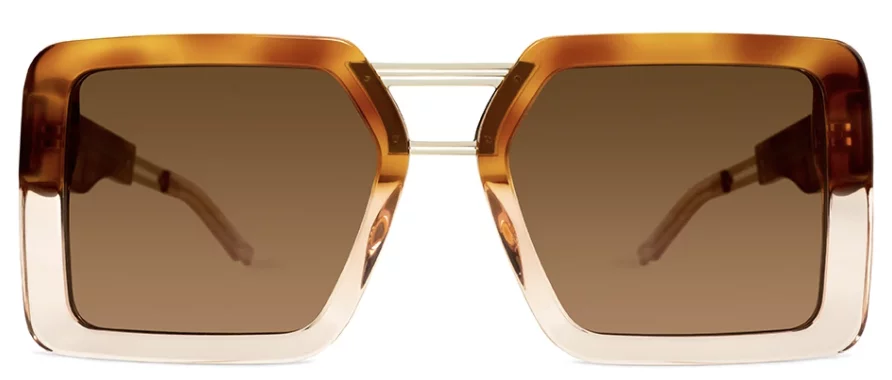Coping with Cataracts

June is Cataract Awareness and Prevention Month, so let’s use the beginning of summer as inspo for taking care of our precious vision.
What IS a cataract?
It’s a cloudy spot on the lens of your eye. The lens is the transparent part of the eye that focuses light on the retina so we can see. “Cataract” is from the Greek word for waterfall, and the clouded lens does look like rushing, foamy water.
There are many types of cataracts. The most common is called a nuclear or nuclear sclerotic cataract, because it forms in the center or nucleus of the lens. Anyone who lives long enough usually ends up with one.
Is a cataract a disease?
Technically, no. And it’s not contagious. But diabetes or a family history of cataracts make you more likely to have them.
If your mother had rubella (“German measles”) while she was pregnant with you, you may be prone to cataracts as an adult.
A serious eye injury (like a chemical burn, or getting hit in the eye with a baseball) may cause a “traumatic” cataract to form. It’s puzzling, but a traumatic cataract may form immediately, or years after your injury.
Taking steroids like prednisone (for arthritis, and allergies) is another possible cause, and this sort of cataract is called a secondary cataract. Ditto for radiation treatment for cancer or other diseases, and eye surgery for glaucoma or other eye condition may also trigger cataract growth.
But the cause is usually — Ta-da! — age. After age 40, the proteins in the lens of your eye naturally start to break down. What was once a consistent mesh of proteins turns into clumps, and light can’t pass through these dense clumps, so your sight is affected.
Damage from sunlight also contributes, as does smoking. Actually, lighting up is more of a threat to your eyes than inhaling: the flare from the lighter, sparked close to your eye many thousands of times throughout a smoker’s life, essentially fries the lens.
What are the common symptoms of cataracts?
Cataracts form slowly. Over time you may experience a loss of visual clarity and sharpness. Your vision may grow cloudy, foggy, blurry, and filmy. You may find yourself avoiding driving at night because the glare from oncoming headlights makes it difficult for you to see clearly. You may also experience issues with glare during the day. You may see “halos” around objects that are most definitely not heaven-sent. Gradual near-sightedness is another common symptom. You may perceive colors (especially blues and purples) differently, lose depth perception, and you may experience double vision in the affected eye. One day, you may wonder why your usual prescription glasses or contacts no longer “work.”
Do cataracts ever go away on their own?
Nope. If neglected, your lens may harden and turn yellow or brown, seriously obscuring your vision. Surgery is needed to correct your cataract. The good news is, this is a very common, very safe surgery with an excellent prognosis for the vast majority of patients. However, surgery to remove a “brunescent”– meaning hard, brown — cataract will be more difficult, and a longer, riskier procedure than if you had addressed it sooner. Just sayin’.
What if I need surgery?
The surgery truly sounds like a miracle. In a procedure that typically lasts 20 minutes with only local anesthesia (meaning you’ll be conscious but feel little to zero discomfort), and no overnight stay, the surgeon will take out the cloudy lens and replace it with a new, artificial lens that’s crystal-clear.
Your doctor may break up the cloudy lens by using ultrasound waves, or a laser. During the laser correction called Femtosecond surgery, the surgeon can also correct astigmatism (curve of the cornea) if present during the same brief procedure.
You may have a cataract in each eye. In this case, you’ll do one eye, rest and heal, then have the other eye done a few weeks later.
This common outpatient surgery is frequently covered by Medicare.
What should I do?
Make an eye appointment today. The exam is painless, consists of several tests (including reading charts), and lasts about one hour. Read about the basics HERE. If you opt for a pressure test called applanation, you’ll receive a local anesthetic, but generally, the process is not too uncomfortable. And there couldn’t be a better reason to rock some new sunnies — you need to wear eye protection year-round. Check out shades created by Black designers, like Bohten, with frames made from reclaimed material and wood from West Africa. And think BIG. You want frames that completely protect your entire eye, offering gradient lenses and 100% UV protection — like these

by twin sisters Coco and Breezy, the eyewear favorite of Beyonce and Nicki Minaj.
We also love Jembere

the Ethiopian name means “my sunset” — for a fashion-forward look. These especially fly shades are accompanied by a cleaning cloth hand-woven by artisans in Ethiopia.
#
Be the first to comment